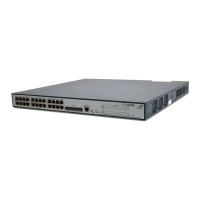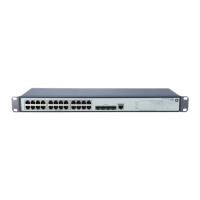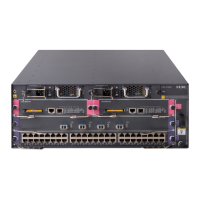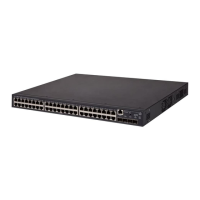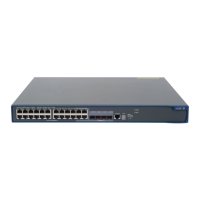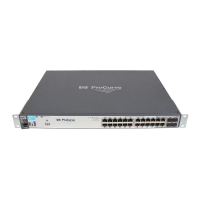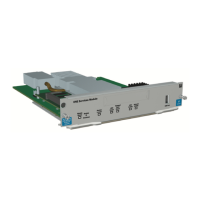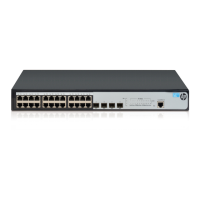74
Port mirroring configuration
Introduction to port mirroring
Port mirroring is the process of copying the packets passing through a port (called a mirroring port) to
another port (called the monitor port) connected with a monitoring device for packet analysis.
You can mirror inbound, outbound, or bidirectional traffic on a port as needed.
Implementing port mirroring
Port mirroring is implemented through local port mirroring groups. The following subsections describe
how local port mirroring is implemented.
Local port mirroring
In local port mirroring, all packets (including protocol and data packets) passing through a port can be
mirrored. Local port mirroring is implemented through a local mirroring group.
As shown in Figure 58, packets on the mirroring port are mirrored to the monitor port for the data
monitoring device to analyze.
Figure 58 Local port mirroring implementation
PC
Mirroring port
Monitor port
Data monitoring device
Mirroring port
How the device processes packets
Monitor port
Traffic
mirrored to
Configuring local port mirroring
Configuration task list
Configuring local port mirroring
To configure local port mirroring, you must create a local mirroring group and then specify the mirroring
ports and monitor port for the group.
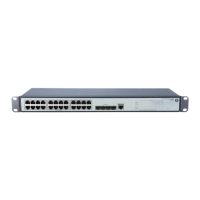
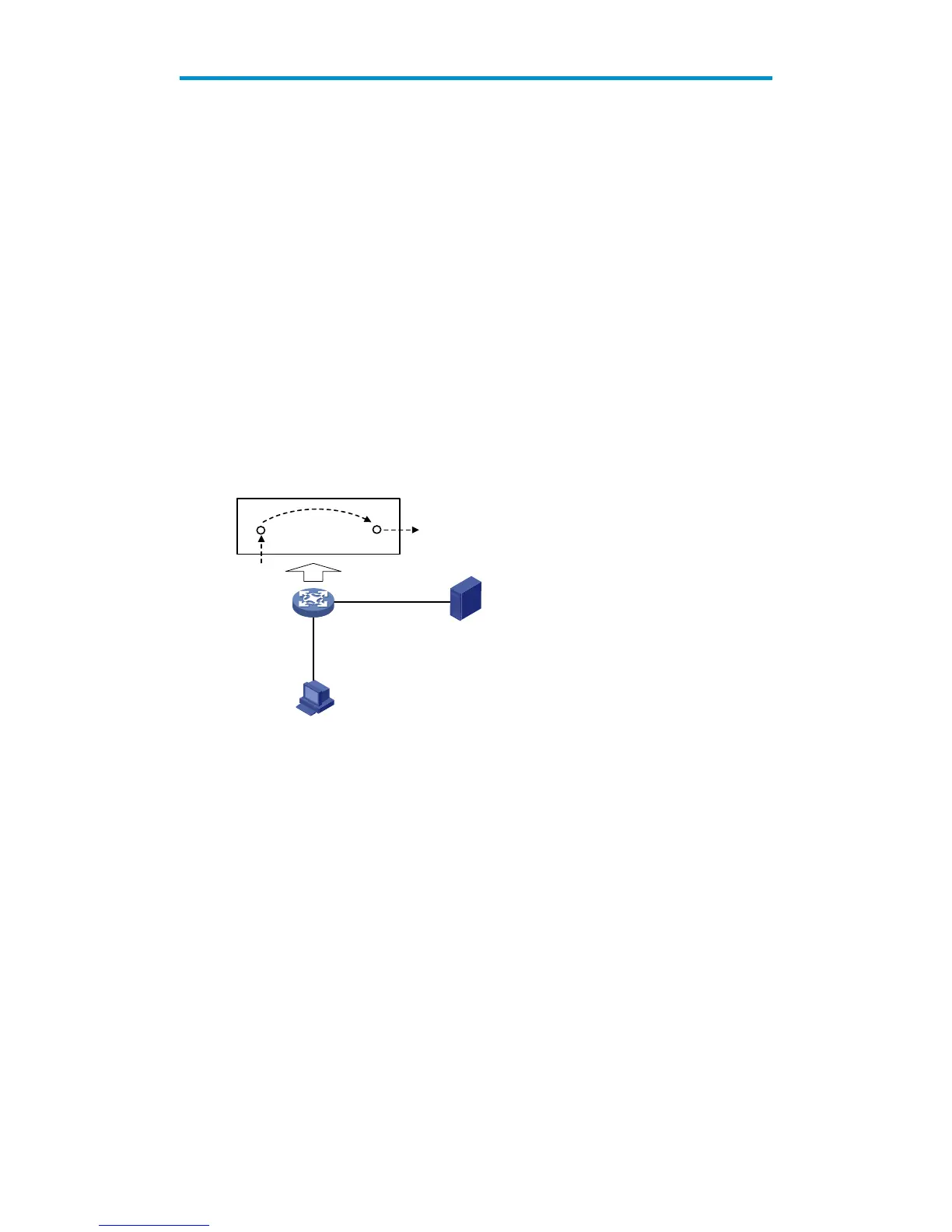